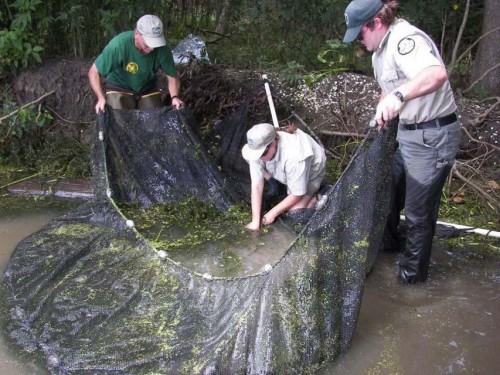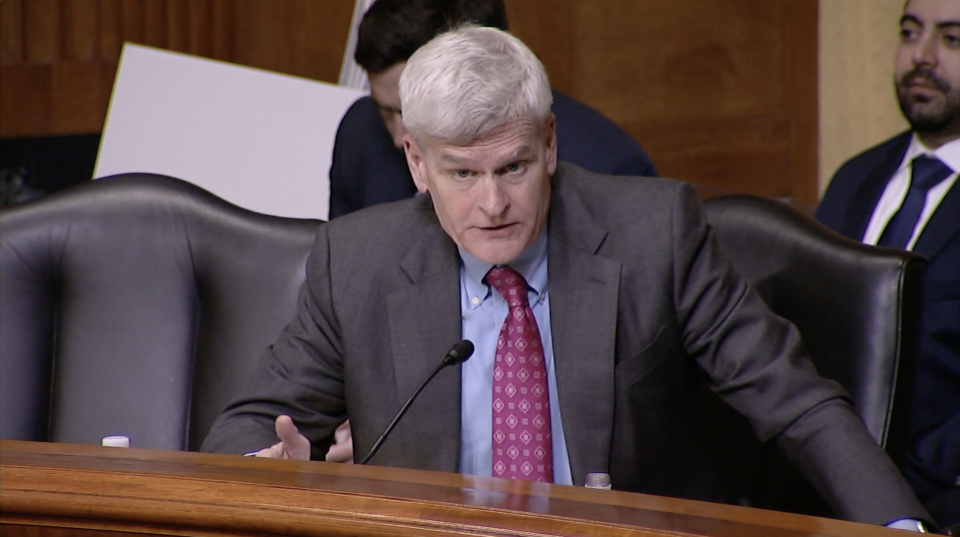
Norita Price Trahan
August 12, 2008Beulah "Bebe" M. Freeman
August 14, 2008They’re mostly unwanted and they won’t leave.
Invasive animals and plants in south Louisiana, like water hyacinth and nutria, have been with us for many decades, rudely taking up residence here and crowding out native organisms after being imported from outside the state.
And that’s not mentioning the ever-hungry apple snail, which has been basking in publicity after becoming ensconced recently in northern Terrebonne Parish waterways and ponds.
The Barataria Terrebonne National Estuary Program – a federal-state program created in 1990 to protect the Barataria Terrebonne estuary from environmental threats – launched an intensive five-day effort beginning Monday last week to catalog invasive organisms within the 4-million-acre region. The estuary occupies nearly the entire area between the Mississippi and Atchafalaya rivers.
Though the Louisiana Depart-ment of Wildlife and Fisheries has made some effort to do it in the past, last week’s initiative by the program marked the first time that invasive species in the estuary are being cataloged systematically, said Michael Massimi, the program’s invasive species coordinator. Sites within the estuary likely to contain invasive organisms are being sampled, he said.
Volunteers from wildlife protection agencies in Texas, Mississippi and Arkansas are also aiding with the survey.
“We wanted to create a database of invasive species to compare future invasive species with so we can go back and see if we did any good,” Massimi said.
Besides water hyacinth, native to South America, invasive vegetation found in the Barataria Terrebonne estuary includes hydrilla, giant salvinia, water lettuce, alligator weed, wild taro (elephant ears) and tallow trees. The latter are more saltwater-tolerant than cypress trees.
Asian carp, zebra mussels and Rio Grande cichlid are other invasive fauna found in the estuary.
“The idea is to get a jump on management and control,” Massimi said.
The results of the survey will be presented in December.
Massimi said invasive plants and animals do damage because they are not subject to the same checks and balances as organisms evolving here. The invasives are introduced into the wild from ships, some in the bilge water, and from pet owners emptying aquariums into water bodies, among other ways.
The water hyacinth was brought to Louisiana for display at the 1884 World’s Fair in New Orleans before spreading out of the city.
“Native species like muskrat don’t cause as much damage,” Massimi said, compared to nutria, which were also introduced from South America. “Plants tend to stay alive after muskrat eat them…Native is better.” The state Department of Wildlife and Fisheries, however, is effectively checking nutria growth, he said.
Hydrilla in Bayou Lafourche are taking in fresh water, increasing the amount of saltwater entering the bayou from the Gulf, Massimi said.
But giant salvinia, growing dense and thick, poses the biggest problem for the estuary, especially after the plant spread following Hurricane Katrina. The salvinia shades out other plants, and the Department of Wildlife and Fisheries has spent plenty of cash trying to control it, Massimi said.
Most invasives come to the state from other subtropical and tropical areas because the climate is similar to Louisiana’s. An exception is the pipe-clogging zebra mussel, which prefers more northerly environs but has nevertheless become a milder nuisance in south Louisiana.
Massimi said detecting an invasion by harmful plants and animals is relatively easy (the apple snail was detected early here), but responding to the threat is more difficult, requiring plenty of money and effort.
Wildlife protection agents have to distinguish mere exotic flora and fauna, which is foreign but not bothersome, from the harmful invasive kinds.
To make detection even easier, the estuary program is creating a communications network enabling state Department of Environmen-tal Quality and Department of Natural Resources personnel to quickly report invasive organisms they come across while out in the field.
Fighting invasive organisms requires regional cooperation, Massimi said. For instance, harmful organisms can be introduced into the Mississippi River from states north of Louisiana.
Massimi was grateful for the volunteer help last Wednesday from Texas Parks and Wildlife Department agent Leslie Hartman and Mississippi Wildlife, Fisheries and Parks Department agent Jerome McCain looking for invasive flora in the Gulf Intracoastal Waterway near Lockport.
Massimi said, “Invasive species are a human health issue and economics issue. Only by cooperating can we fight them.”
Volunteers from wildlife protection agencies in Texas, Mississippi and Arkansas joined forces with the Barataria Terrebonne National Estuary and the state Department of Wildlife and Fisheries to catalog invasive organisms within the 4-million-acre region. The hunt took place in the Tri-parish waterways last week. * Photo by MIKE BROSSETTE











